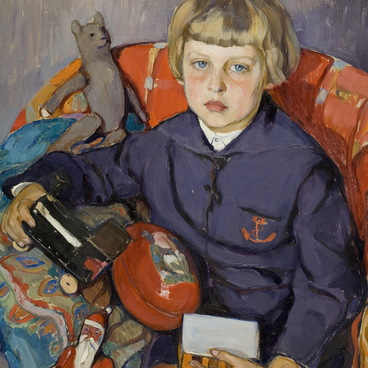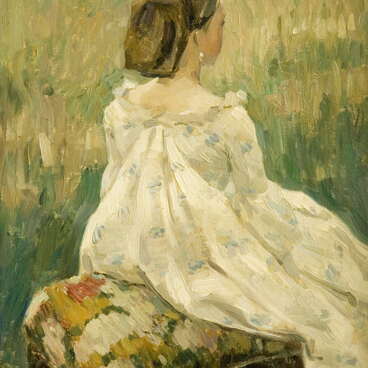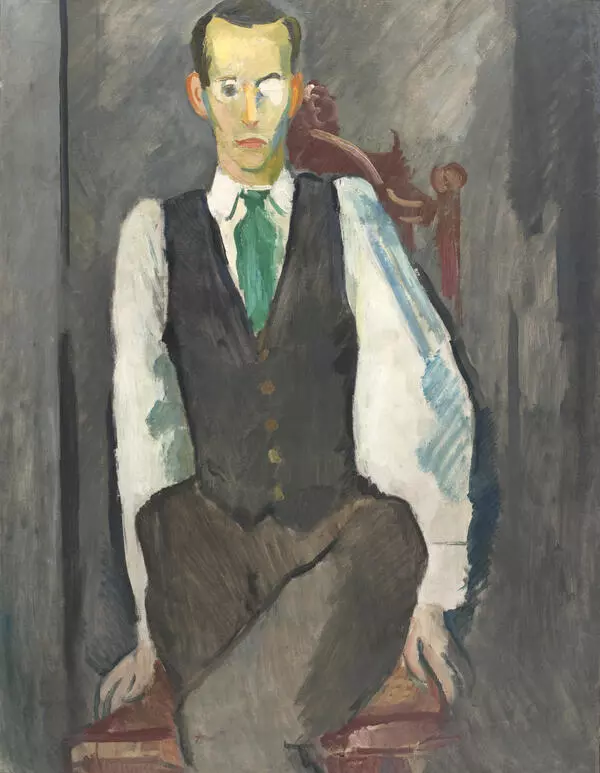Aleksandr Rusakov was a painter, watercolorist, one of the leading masters of the Leningrad landscape school. He belonged to the first generation of artists who were professionally formed after the revolution. He was born in the family of a county doctor. Aleksandr Isaakovich attended the Zvantseva and Ignatiev drawing school, where he received his initial art education. In 1918–1924, he studied at the Petrograd free art workshops — VKhUTEMAS and VKhUTEIN. The painter lived in Leningrad with his wife, the artist Tatyana Kuperwasser.
Rusakov’s first works revealed a rare gift of a colorist. Researchers note the artist’s orientation towards the French school, namely Paul Cézanne, Henri Matisse and Albert Marquet. In the early period of his work, he turned to thematic painting, creating large canvases with full-length figures, but these experiments did not receive further development. Landscape, portrait, and still life — these were the artist’s favorite genres.
During the Great Patriotic War, Rusakov remained in Leningrad, continued to work and participated in the 1943 blockade exhibition. The blockade landscapes are among his best works. The artist’s first solo exhibition took place in 1957, after his death. Unsettled life, poverty, lack of high-paying commissions were the background of the artist’s life, who happened to live in a difficult historical era.
Rusakov belonged to the representatives of the so-called Leningrad School of Painting together with Nikolai Tyrsa, Nikolai Lapshin, Aleksander Samokhvalov and other artists. A characteristic feature of his work is the repetition of motifs, intimacy, lyricism, a free, improvisational style of painting with coloristic and plastic generalizations.
According to the researchers, Rusakov was able to
amazingly capture the similarity of appearance, gesture, movement, conveying
facial features in detail. His best portraits are generalizations that are
distinguished by strict care, tenderness, and apprehension of saying too much.
Such works include a painting presented in the permanent exhibition of the
museum. This is a portrait of the artist Elena Andreevna Zazerskaya painted in
1924.



